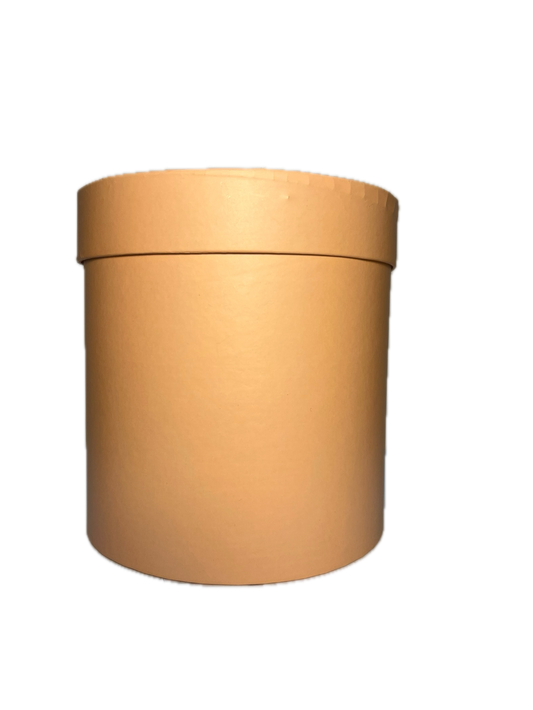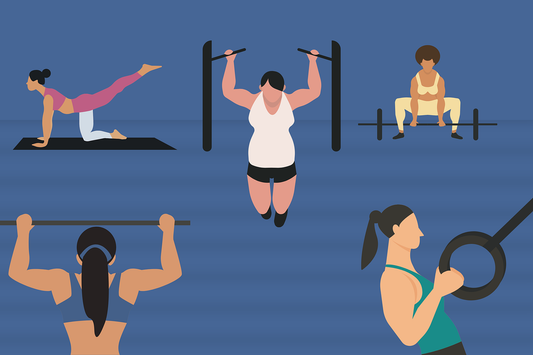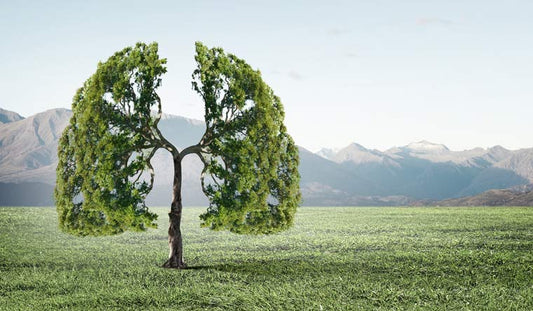
💪 Changing the muscle structure through certain ways of moving and training
Međimurski cekerWhat are muscles made of and what is the function of certain parts
Muscles are a complex tissue system in the human body that consists of different components that together enable contraction (shortening) and relaxation (relaxation) of muscles, which results in body movement. The main components of muscle include:
- Muscle fibers: Muscles are made up of many fibers, called muscle fibers or muscle cells. These fibers are the basic unit of muscle contraction and contain special protein filaments (actin and clientin) that enable muscle contraction.
- Blood vessels (capillaries): Muscles are richly supplied with blood in order to receive the necessary nutrients and oxygen for energy metabolism during contraction. Capillaries are small blood vessels that pass through muscle tissue and enable the exchange of nutrients and oxygen between the blood and muscle fibers.
- Nerves: Each muscle is controlled by a nerve that sends signals to the muscle fibers to stimulate them to contract. These nerves are part of the nervous system and play a key role in controlling and coordinating muscle contractions.
- Fascia: Fascia is the connective tissue that surrounds muscles, groups them into muscle groups, and helps maintain their structure. It also plays an important role in the transmission of forces between muscles and bones.
- Tendons: Tendons are tough connective parts that connect muscles to bones. They transmit the force generated by muscle contraction to the bone, which allows joint movement.
- Adipose tissue: In some parts of the body, muscles may contain certain amounts of adipose tissue that serves as a source of energy during longer periods of activity.
Muscles are essential for moving the body, maintaining posture and performing all kinds of physical activities. Their structure and function are extremely complex and enable us to perform various tasks, from walking and running to lifting objects and performing sports activities.
Can the structure of muscle fibers or the ratio of red and white muscle fibers change, depending on the type of training, movement, etc.?
An individual's muscle fiber structure can be changed through proper training and physical activity. Depending on the type of training and the intensity, changes in the size, strength and ratio of muscle fibers in certain muscle groups are possible. However, it is important to note that such changes are usually limited and that genetics play a significant role in determining the basic ratio of muscle fibers in each individual.
Here are some ways to change the structure of muscle fibers:
- Aerobic training: Long-term and moderate aerobic training (such as running, cycling or swimming) can stimulate an increase in the proportion of red muscle fibers in the muscles that are actively involved in such activities. This is called "muscular adaptation to aerobic training."
- Strength and endurance: Weight training and strength training can promote an increase in the size of muscle fibers (hypertrophy), regardless of their color. This can result in increased strength and endurance in these muscle groups.
- High Intensity Interval Training (HIIT): HIIT training involves fast and intense periods of exercise with short rest periods in between. This type of training can promote an increase in strength and endurance in white muscle fibers.
- Specific sports training: Participants in certain sports often develop specific muscle characteristics in accordance with the needs of their sport. For example, sprinters may develop more white muscle fibers in their leg muscles to improve speed, while cyclists may develop more red muscle fibers for better endurance.
It is important to note that individual differences and genetics will always play a role in how much the ratio of red to white muscle fibers can change in a given muscle group. Changes will also depend on the duration and consistency of training and the genetic predisposition of the individual. For precise information about changes in the structure of muscle fibers, it is recommended to consult with a fitness trainer or sports expert and possibly perform muscle biopsy or electromyography tests for medical purposes.
What are the proportions of muscle fibers across the different muscle groups of a person, from head to toe?
The ratio of red to white muscle fibers can vary between different muscle groups and between individuals. In general, muscle groups responsible for endurance and long-term activity (such as the leg muscles for running and cycling) will often have a higher proportion of red muscle fibers. On the other hand, muscle groups that are responsible for fast, explosive movements (such as the muscles of the throwing arms) will usually have a higher proportion of white muscle fibers.
Here are some examples of different muscle groups and their potential proportions of red and white muscle fibers:
- Leg muscles: Muscles of the lower extremities, such as the quadriceps and calf muscles, often have a higher proportion of red muscle fibers due to their role in long-term walking, running and cycling.
- Back muscles: The back muscles, which support the posture of the body and allow the trunk to move, usually have relatively more red muscle fibers.
- Arm muscles: Arm muscles, such as biceps and triceps, often have more white muscle fibers because of their role in fast, explosive movements, such as lifting weights or throwing.
- Abdominal muscles: Abdominal muscles, like the abdominal wall, are usually made up mostly of white muscle fibers.
- Neck and shoulder muscles: These muscles can have different proportions of red and white fibers depending on their function and the sports activities a person engages in.
It is important to note that individual differences in the proportion of muscle fibers can be significant and this ratio can vary between individuals. In addition, training and physical activity can affect changes in the ratio of muscle fibers in certain muscle groups.
How to find out the proportion of red and white muscle fibers? What is the difference and how do they affect performance and what are they more suitable for?
Finding out the proportion of red and white muscle fibers in the body can be done through muscle biopsy, electromyography (EMG) or muscle fiber analysis in laboratory conditions. These are medical and scientific procedures and are not usually performed routinely outside of specific research or medical needs.
Difference between red and white muscle fibers:
- Function: Red muscle fibers (slow-twitch) are fibers that are capable of long-term contraction and are used for aerobic activities that require endurance. White muscle fibers (fast-twitch) are fibers that contract quickly and are used for fast, powerful contractions, such as sprinting or lifting weights.
- Structure: Red muscle fibers have more mitochondria (organelles responsible for energy production) and capillaries (blood vessels) compared to white muscle fibers. This allows them to maintain the contraction longer without tiring.
Influence on an individual's sports performance:
- People with a higher proportion of red muscle fibers are usually better prepared for aerobic activities, such as long-term running, cycling and swimming. They have greater endurance and can withstand longer efforts.
- People with a higher proportion of white muscle fibers are usually better prepared for fast and explosive activities, such as sprinting, jumping and lifting weights. They have more strength, but less endurance.
Factors affecting the proportion of red and white muscle fibers in the body:
- Genetics: Hereditary factors play a significant role in determining the ratio of red and white muscle fibers. You cannot change your genetics.
- Training: The type and intensity of training can also affect the change in muscle fiber ratio, although such changes are usually limited. Continuous aerobic training can stimulate the growth of red fibers, while strength and explosive training can stimulate the growth of white fibers.
- Age: With age, it is possible for the ratio of red to white muscle fibers to change. The number of red fibers usually decreases with aging.
Sports that are better for certain ratios of muscle fibers:
- People with a higher proportion of red muscle fibers tend to do better in sports that require endurance and aerobic fitness, such as marathons, cycling, swimming and long-distance running.
- People with a higher proportion of white muscle fibers tend to be better prepared for sports that require speed, power and explosiveness, such as sprinting, weightlifting, jumping and fast play in team sports such as football and basketball.
It is important to note that many athletes have mixed muscle fiber ratios, and elite athletes often train and develop their skills to adapt to the demands of their sport, regardless of their starting muscle fiber ratio.








































































